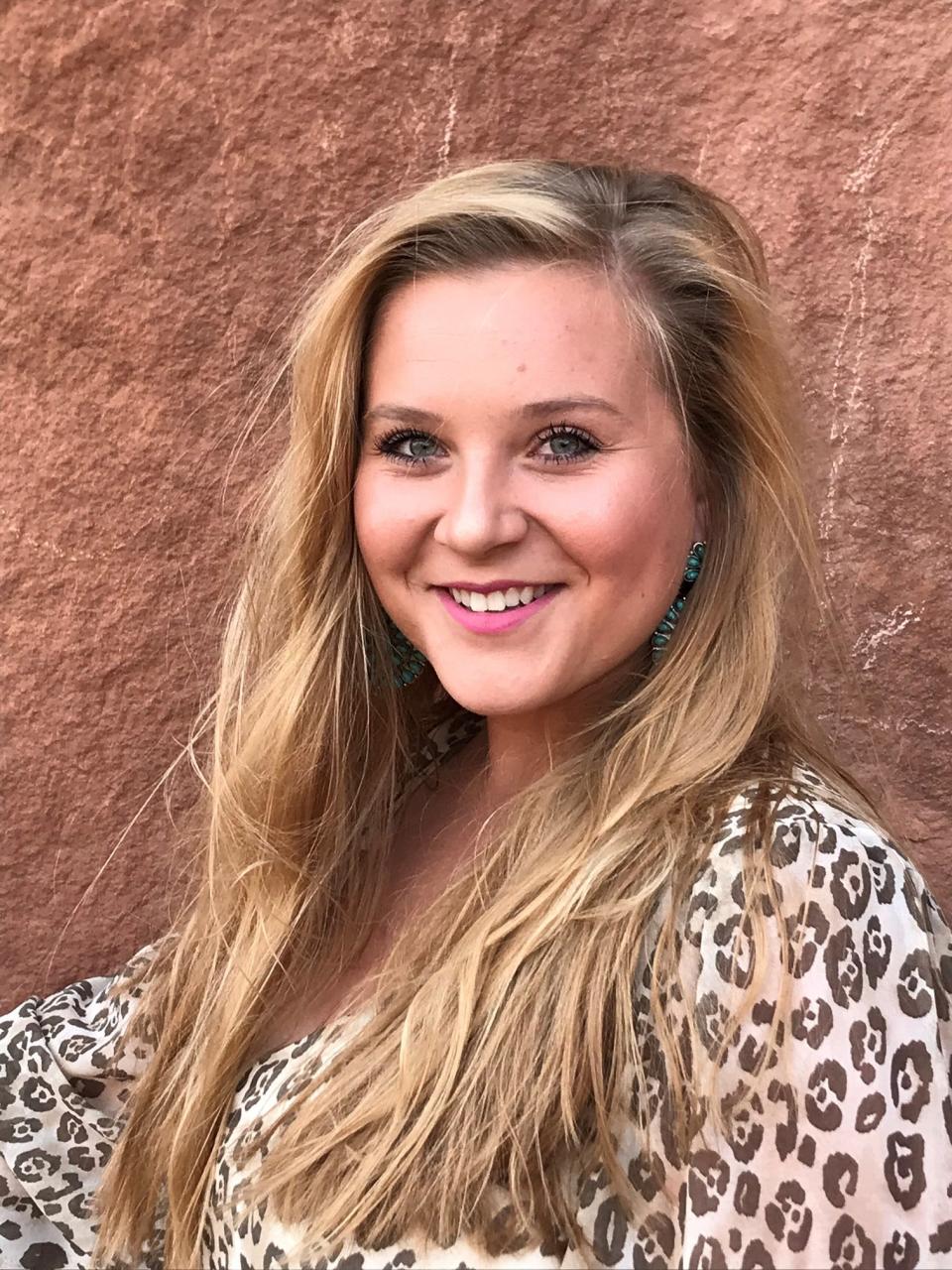Explore the options in alternative forages

The talk of alternative forages really has taken the grazers and haymakers by storm, and I, too, have been swept up in the promise of extending grazing seasons and beating the summer slump with warm season annual grasses.
Last week I had the pleasure of attending the Tri-State Dairy Nutrition Conference in Fort Wayne, Indiana, with the likes of professors, graduate students and Extension personnel from Michigan State, Purdue and Ohio State Universities and industry dairy nutritionists. Alternative forages happened to be one of the topics presented by Dr. Ferreira of Virginia Tech.
He started off with three questions to frame the conversation: Does the definition of an alternative forage exist? These forages are alternative to what? Why do we need an alternative forage?
Mixing it up: How a mixed stand can improve hay, pasture
He proceeded to unpack a lot of information in his 40-minute presentation and gave a new perspective on forages in general and what to consider when planning an alternative forage route. Let’s start off with the first question.
What is the definition of an alternative forage?
An alternative forage is one that is outside the norm that aids the producer in meeting production goals or better fits in with the mission of the farm business. Essentially, this definition will vary from operation to operation; there is no one definition that fits all production practices because each operation has differing goals and missions.
This leads to question two – alternative to what? In the world of dairy nutrition, corn silage is king and alfalfa is his leguminous queen. Small grain silages, sorghum-sudangrass silages, and even mixed grass hay (scandalous!) are all considered alternative forages for dairy.
While all the former feedstuffs are valid in their nutritional content, they may just be less efficient at supplying the required nutrients to lactating cows than corn silage or alfalfa silage may be. It’s along the lines of, “there’s more than one way to skin a cat,” but there’s usually a quicker or most efficient way to do it.
So why are we needing an alternative forage?
Question three brings the alternative forage scheme full circle; there are a plethora of reasons as to why producers select alternative forages. The broad umbrellas that the goals may fall under are land use, environmental concerns, costs, and nutritional needs.
Perhaps the easiest example to discuss first is the use of small grains as a cover crop in a corn and soybean system; this falls under the land use umbrella. In a perfect system where the weather cooperates to allow corn to be planted and harvested on time, the small grain to be promptly planted after the corn is off, and then small grain harvest/straw production to happen early enough in the summer to allow for a second crop of beans to be put in, the benefits would be twofold – the cover crop would prevent soil erosion and be an additional forage source for the herd.
Now, given that we are usually dealt a more difficult hand when it comes to weather events, the benefits of the double crop may actually be overestimated. According to Dr. Ferreira, the key to actualizing the maximum benefit of this system is to plant the small grain as soon as possible.
Perhaps this means selecting an earlier maturing corn variety, but realize this may result in a corn yield discount compared to long-season varieties. He concluded in saying double cropping may not always lead to increased forage tonnage as compared to two full-season crops and careful analysis and measurement is warranted before decisions are made. Sometimes, the value of cover crops may only be in preventing soil erosion if harvest interferes too greatly with other full-season crops.
The alternative forage discussion is not easily kept to just one week’s column, so stay tuned for more information to come in the next editions. I’ll continue with Dr. Ferreira’s work on the cost of alternative forages – the results may just surprise you!
Upcoming events
Wayne County Extension will be hosting a Native Plant Day on April 22 at the Miller Pavilion in the Secrest Arboretum from 1 to 4:30 p.m. Topics will include the importance of native plants, prairie grasses, pollinator-pesticide relationships, paw paw trees, and will conclude with a tour of Secrest.
Please RSVP by April 19 in order to prepare materials. The cost to attend is $10 and will be collected at the door. Happy Earth Day!
Haley Zynda is an Extension Educator, Agriculture and Natural Resources for Ohio State University Extension. She can be reached at 330-264-8722 or zynda.7@osu.edu.
This article originally appeared on The Daily Record: Farmers: Alternative forages may be right for you
